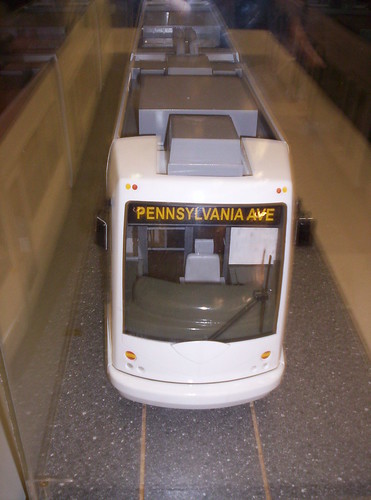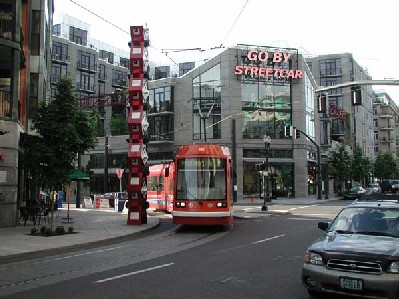From the Department of the Obvious

Although I suppose this is important when you are trying to argue the value of mixed-use and appropriate density...
Comprehensive Urban Approach Can Affect Travel Choices -- Even in Auto-Dependent U.S.
COLLEGE PARK, Md. (Nov. 14, 2005) - Urban planners can change travel behavior, reduce vehicle miles traveled and the rate of automobile ownership - even in the car-oriented United States - by comprehensively supporting higher densities, increased investment in transit systems and by putting housing in closer proximity to jobs, according to a new study by a University of Maryland-led research team. "Each of these measures individually reduces the vehicle miles traveled by only a little, but by combining them all together - density, transit and jobs-housing balance - you can have a substantial effect," said Antonio M.Bento, the lead researcher on the project and a research professor at the University of Maryland's National Center for Smart Growth Research and Education....
 Streetcar model, DC Transit Future project.
Streetcar model, DC Transit Future project.The study, entitled, "The Effects of Urban Spatial Structure on Travel Demand in the United States," compared results in six U.S. cities: Atlanta, Boston, Chicago, Houston, New York City, and San Diego. The researchers concluded that the combination of urban form and transit supply has "a significant effect on travel demand."
For example, when the researchers compared sample households in a city with the sprawling characteristics of Atlanta with households in a city with the more compact, transit-oriented characteristics of Boston, they found that the number of vehicle miles traveled can be reduced by as much as 25 percent per year.
For an average commuter, that could mean the difference between driving 5,450 miles a year in Atlanta and 4,565 a year in Boston - a reduction of 885 miles a year. Not surprisingly, the study found that residents were much less likely to drive to work in the three older cities, Boston, Chicago and New York, all of which offer more extensive rail and bus systems than the three newer cities.
 Portland, Oregon. The Portland Streetcar connects old neighborhoods and neighborhoods under construction, such as the Pearl District. In either case, more transit connectivity is better.
Portland, Oregon. The Portland Streetcar connects old neighborhoods and neighborhoods under construction, such as the Pearl District. In either case, more transit connectivity is better.Index Keywords: urban-design; transportation



0 Comments:
Post a Comment
<< Home